Chlorotriphenyltin
Synonym(s):Chlorotriphenylstannane;Chlorotriphenylstannane, Chlorotriphenyltin, Triphenylchlorotin;Fentin chloride;Triphenyltin chloride
- CAS NO.:639-58-7
- Empirical Formula: C18H15ClSn
- Molecular Weight: 385.47
- MDL number: MFCD00000519
- EINECS: 211-358-4
- SAFETY DATA SHEET (SDS)
- Update Date: 2025-09-25 17:15:13
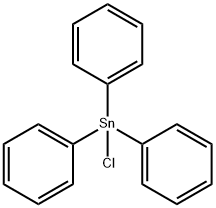
What is Chlorotriphenyltin?
The Uses of Chlorotriphenyltin
Chlorotriphenylstannane is used in the synthesis of nanoparticles which bear triamide ligands.
The Uses of Chlorotriphenyltin
Triphenyltin chloride is an important organic intermediate. It is used in agrochemical, pharmaceutical and dyestuff field.
Definition
ChEBI: An organotin compound that is triphenylstannane in which the hydrogen attached to tin is replaced by a chloro group. A fungicide used to control blights on potatoes, leaf spot diseases on sugar beet and anthracnose on beans.
General Description
White crystalline solid, insoluble in water; soluble in organic solvents. Used as a rodent repellent, molluscicide, fungicide and insecticide.
Air & Water Reactions
Hydrolyzes to hydroxide in water.
Reactivity Profile
Chlorotriphenyltin is in the family of tin compounds widely used as stabilizers for plastics, additives to paint(as antifouling agents). Some have catalytic properties. Examples include butyl tin, dibutyl tin oxide. Their main hazard is associated with their high toxicity, in skin adsorption or inhalation.
Health Hazard
Toxic and irritating to the skin. Dermal exposure may lead to severe skin burns as well as renal failure and possible death. (Non-Specific -- Tin Compounds, Organic) Target organs affected are central nervous system, eyes, liver, urinary tract, skin and the blood.
Fire Hazard
When heated to decomposition, Chlorotriphenyltin emits toxic fumes of chlorides. Hydrolyzes to hydroxide in water. Stable when stored in dark with dry air.
Safety Profile
Poison by ingestion, intraperitoneal, and intravenous routes. Experimental reproductive effects. Mutation data reported. An insect chemosterilant. See also TIN COMPOUNDS. When heated to decomposition it emits toxic fumes of Cl-.
Purification Methods
Purify it by distillation, followed by recrystallisation from MeOH by adding pet ether (b 30-60o), m 105-106o [Kozeschow et al. Chem Ber 67 1348 1934], or by crystallisation from Et2O, or 5 parts of EtOH and a small volume of pet ether. [Krause Chem Ber 51 914 1918.] It sublimes in a vacuum. [Beilstein 16 H 914, 16 I 540, 16 II 625, 16 III 1240, 16 IV 1606.] HIGHLY TOXIC.
Properties of Chlorotriphenyltin
| Melting point: | 108 °C (dec.)(lit.) |
| Boiling point: | 240 °C13.5 mm Hg(lit.) |
| Density | 1.49 g/cm3 (20℃) |
| vapor pressure | <0.02 hPa (20 °C) |
| Flash point: | 70°C |
| storage temp. | APPROX 4°C
|
| solubility | 0.04g/l |
| form | Powder |
| color | white |
| Water Solubility | insoluble |
| Sensitive | Moisture Sensitive |
| Hydrolytic Sensitivity | 7: reacts slowly with moisture/water |
| BRN | 524762 |
| Exposure limits | ACGIH: TWA 0.1 mg/m3; STEL 0.2 mg/m3 (Skin) NIOSH: IDLH 25 mg/m3; TWA 0.1 mg/m3 |
| Stability: | Very Moisture Sensitive |
| CAS DataBase Reference | 639-58-7(CAS DataBase Reference) |
| NIST Chemistry Reference | Chlorotriphenyl tin(639-58-7) |
| EPA Substance Registry System | Triphenyltin chloride (639-58-7) |
Safety information for Chlorotriphenyltin
| Signal word | Danger |
| Pictogram(s) |
 Corrosion Corrosives GHS05  Skull and Crossbones Acute Toxicity GHS06  Environment GHS09 |
| GHS Hazard Statements |
H315:Skin corrosion/irritation H318:Serious eye damage/eye irritation H410:Hazardous to the aquatic environment, long-term hazard |
| Precautionary Statement Codes |
P273:Avoid release to the environment. P280:Wear protective gloves/protective clothing/eye protection/face protection. P301+P310:IF SWALLOWED: Immediately call a POISON CENTER or doctor/physician. P305+P351+P338:IF IN EYES: Rinse cautiously with water for several minutes. Remove contact lenses, if present and easy to do. Continuerinsing. |
Computed Descriptors for Chlorotriphenyltin
New Products
4,4-Difluoropiperidine hydrochloride tert-butyl 9-methoxy-3-azaspiro[5.5]undecane-3-carboxylate Indole Methyl Resin N-Isopropylurea N,N-Dicyclohexylcarbodiimide(DCC) MELDRUMS ACID 5-METHYLISOXAZOLE-4-CARBOXYLIC ACID Magnessium Bis glycinate Zinc ascorbate 1-bromo-2-butyne 2-acetamidophenol 9(10H)-anthracenone Erythrosin B, 4-Piperidinopiperidine 2-((4-morpholinophenylamino) (methylthio) methylene) malononitrile 2,4-dihydroxybenzaldehyde 3-(4-morpholinophenylamino)-5-amino-1H-pyrazole-4-carbonitrile Methyl 2-methylquinoline-6-carboxylate 2,6-dichloro-4-nitropyridine 4-Bromo-2-chlorobenzonitrile 2-(benzylamino)acetic acid hydrochloride 4-(tert-Butoxycarbonylamino)but- 2-ynoic acid 3,4-dihydro-2H-benzo[b][1,4]dioxepine 1-Phenyl-1-cycloprppanecarboxylicacidRelated products of tetrahydrofuran
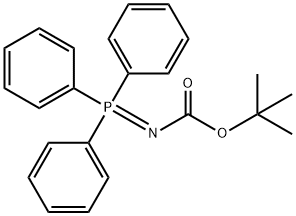
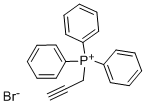

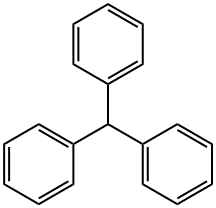
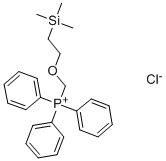

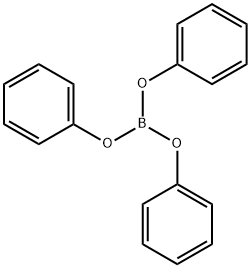
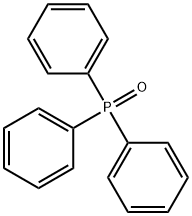
You may like
-
 Triphenyltin chloride CAS 639-58-7View Details
Triphenyltin chloride CAS 639-58-7View Details
639-58-7 -
 Triphenyltin Chloride CAS 639-58-7View Details
Triphenyltin Chloride CAS 639-58-7View Details
639-58-7 -
 Triphenyltin chloride 95% CAS 639-58-7View Details
Triphenyltin chloride 95% CAS 639-58-7View Details
639-58-7 -
 3-(4-amino-1-oxoisoindolin-2-yl)-1-methylpiperidine-2,6-dione 98%View Details
3-(4-amino-1-oxoisoindolin-2-yl)-1-methylpiperidine-2,6-dione 98%View Details -
 20677-73-0 (2,2-diethoxyethyl)methylamine 98%View Details
20677-73-0 (2,2-diethoxyethyl)methylamine 98%View Details
20677-73-0 -
 3-(4-(hydroxyamino)-1-oxoisoindolin-2-yl)piperidine-2,6-dione 98%View Details
3-(4-(hydroxyamino)-1-oxoisoindolin-2-yl)piperidine-2,6-dione 98%View Details -
 57381-49-4 2-bromo-4-chlorobenzonitrile 98%View Details
57381-49-4 2-bromo-4-chlorobenzonitrile 98%View Details
57381-49-4 -
 4,6-dichloropyrimidine-5-carbaldehyde 98%View Details
4,6-dichloropyrimidine-5-carbaldehyde 98%View Details
5305-40-8
